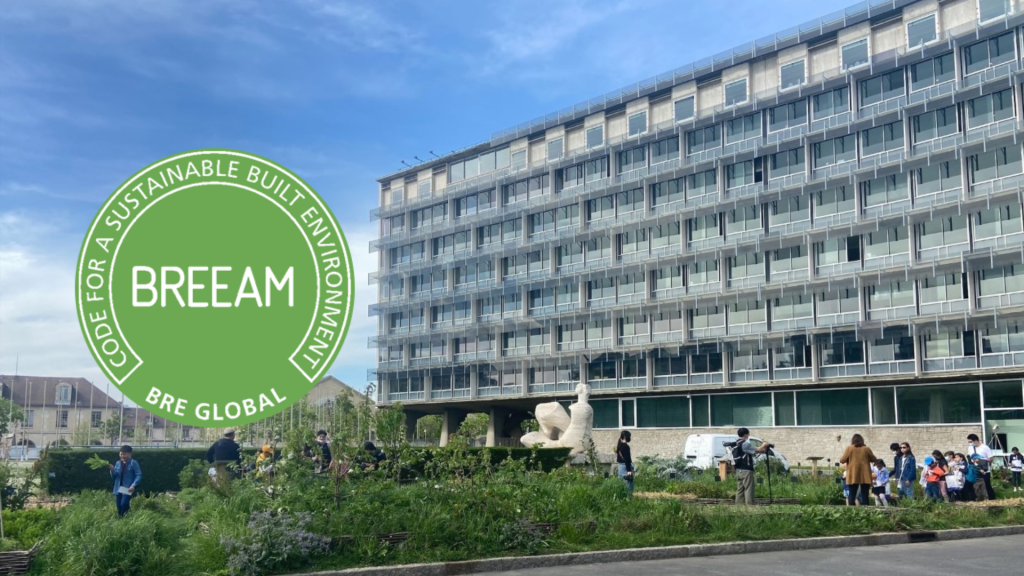Breeam
Oxori Services

BREEAM’s third-party certified standards have helped improve asset performance at every stage, from design through construction, to use and refurbishment. Millions of buildings across the world are registered to work towards BREEAM’s holistic approach to achieve ESG, health, and net zero goals. It is owned by BRE – a profit-for-purpose organisation with over 100 years of building science and research background.
BREEAM evaluates the building’s performance-based design, construction, procurement, and operation processes. Evaluations are made by independent, licensed evaluators and are graded as Pass, Good, Very Good, Excellent, and Exceptional.
- BREEAM Pass >30%
- BREEAM Good >45%
- BREEAM Very Good >55%
- BREEAM Excellent >70%
- BREEAM Outstanding >85%
- Infrastructure solutions
Management: Environmental criteria for site management and use of the building. In this category;
– Energy: It is aimed to minimize the energy consumption of the buildings.
– Health and Comfort: Human health aims to encourage and reward designs that increase the comfort of building users. The criteria used are natural ventilation and access to daylight.
– Transport: The use of bicycles and public transport is encouraged.
– Water: It encourages the use of systems that reduce water consumption.
– Materials: It encourages the use of building materials selected from approved materials with environmental effects.
– Waste: It supports the recycling of the wastes generated in the building production process and the evaluation of the wastes generated during the building operation and usage process.
– Land Use and Ecology: It is aimed to protect previously uncontaminated land and biodiversity.
– Pollution: It encourages designs that will prevent harmful fluids that affect global warming, light-sound pollution, and pollution of soil and water resources.
– Innovation: BREEAM exceeds the standard evaluation criteria. Above other credit categories, it supports contributions to innovative ideas, designs, management processes, or technological developments in the field of sustainability.
It is suitable for all existing commercial structures. Currently, existing building certificates are not applied in residential buildings. So how do they make a difference? It provides the following benefits to investors and building users:
– Reducing operational costs and increasing efficiency,
– Increasing building value and market demand,
– To increase the comfort, efficiency, and satisfaction of building employees,
– Closing the “performance gap” between modeled outputs and operational outputs,
– Ensure independent third-party certification is achieved.
